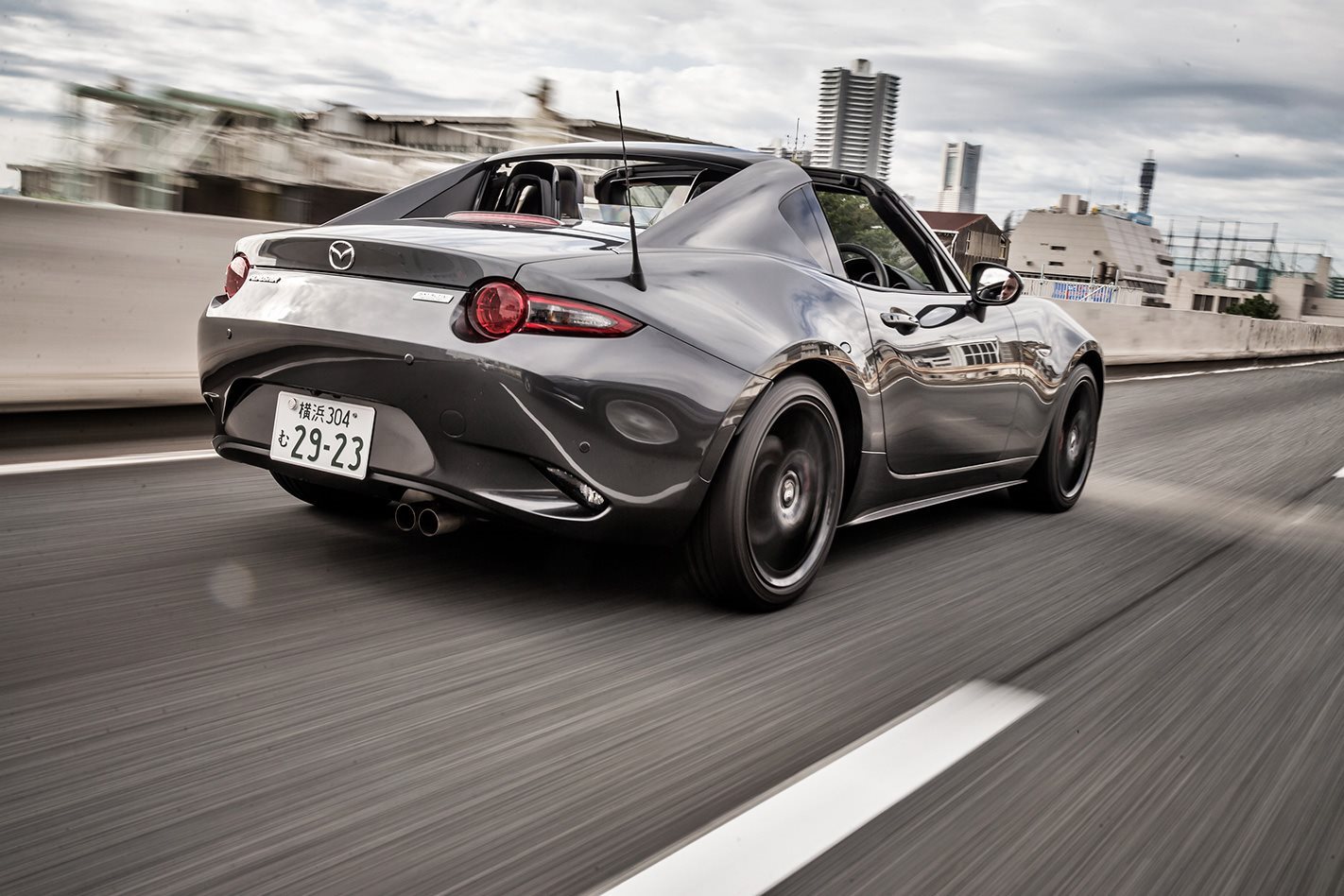
The Japanese National Police Agency will lift the speed limit on sections of two major expressways in the country’s east from 100km/h to 120km/h.
While the Australian response to road toll has been to wind speeds back, Japan’s police agency says an earlier trial that saw the limit raised from 100km/h to 110km/h did not see a significant increase in accidents. The new limit of 120km/h is officially an extension of that earlier trial, and will run for at least the next year as authorities gather data.
Previous studies by Japan’s transport ministry and the National Police Agency found that increasing expressway speed limits would not result in a corresponding increase in the accident rate, provided enforcement of the new limit was also ramped up.
Those of you who have driven on Japanese expressways will probably know why: even though posted speed limits may say 100km/h, Japanese drivers regularly exceed it by a significant amount. Lifting the official limit to 120km/h is merely adjusting it to what the public has already been doing for years.
Should Australian road authorities and police follow the Japanese example and investigate higher speed limits? Outside of the Northern Territory’s brief move back to derestricted highways between 2014 and 2016, few other jurisdictions have taken a similar approach. The logic of reducing travel times by permitting higher average speeds is often overruled by the common belief that lifting speed limits will encourage hoon behaviour.
But while the argument could be made that modern cars are more than capable of handling a well-engineered Australian highway at 120km/h for long distances, there are question marks over whether the average Australian driver is competent enough to do the same.
Driver licensing tests in most states do not formally require any assessment of an aspiring driver’s ability to drive at highway speed, and new drivers are also speed limited in New South Wales.
There’s also the significant disparity in Australian and Japanese driving attitudes – something that also has an impact on accident rates.
The fatality rate also differs wildly. Japanese car ownership rates are low compared with Australia’s, but if we look at fatalities versus cars registered there’s still a sizable difference.
In 2018 a total of 3532 people died on Japanese roads – given 78.1 million vehicles are registered in that country, that’s a fatality rate of 4.52 per 100,000 cars. The 2018 Australian road toll was 1166 and some 19.2 million cars were registered in Australia at the start of that year, which gives us a rate of 6.07 per 100,000 cars. Clearly, there are factors other than speed at work.
What do you think? Does Japan have the right approach, or is winding up the speed limit irresponsible in Australia given our minimal standards for driver training? Have your say in the comments below.



